John Hurrell – 19 June, 2012
Circuit allows you to explore. It whets your appetite with its assorted practices so you can then visit dealer galleries, collectives and public art institutions. That is because watching a video or reformatted film on your comparatively small computer screen is light years away from experiencing a carefully planned installation in an isolated gallery space with substantial moving images.
Curated by Mark Williams
Online
Over the last two weeks there have been openings at Wellington’s Enjoy and Auckland’s Film Archives celebrating the launching of the new Circuit moving image website set up by Mark Williams - and four included short films he commissioned from New Zealand artists, works initially shown in last year’s New Zealand Film Festival.
The Circuit website is designed to showcase NZ artist film/videos: there are 40 artists and 250 works. With the new additions from Phil Dadson, Sean Grattan, Alex Monteith and Gray Nicol there seem to be two pairs, one preoccupied with bodily actions and movement, the other with thought and language. (You can see these and other earlier films they’ve made - under the heading of each artist‘s name.)
Dadson‘s Between Worlds utilises movement recorded by a camera fixed to a paddled canoe, and Monteith‘s 2.5 Kilometre Mono Action for a Mirage movement of a speeding vertical motorbike on a beach. Both their landscapes feature flowing horizontal water mixed in with a brittle delicate sound - and in Dadson’s case, some haunting music. Monteith on the other hand has a lot of silence. She seems particularly interested in thresholds where movement and sound can barely be detected. She enjoys the confusing discrepancies between sound and distant moving object, while Dadson teases with a reflective prow and inverted image.
In contrast, both Nicol (Voodoo Dog) and Grattan (Carmen San Diego: Out of Work and On the Run) use carefully written texts, in one case to get theoretical issues across and (with bizarre enunciation) to impair the transparency of the dialogue, and in the other, to anecdotally tell a layered story in a way the audience easily understands.
With Circuit it is still interesting to note the large number of video artists not yet on the lists. Forty only scratches the surface, and wonderful as it is to see that number methodically presented, the field is huge and there will be a lot of work in getting a more comprehensive range. Moving image is a very popular art form and many artists mix it with other art varieties.
Circuit’s great blessing is that it allows you to explore. It whets your appetite with its assorted practices so you can then visit dealer galleries, collectives and public art institutions. That is because watching a video or reformatted film on your comparatively small computer screen is light years away from experiencing a carefully planned installation in an isolated gallery space with substantial moving images. The later is so much more bodily, complex, and immersive, especially if more than one channel is used - with a good sound system. Even though elements of narrative or group structure can be dissected on an iPhone or portable computer, the viscerality is lost - particularly the perceptual and spatial nuances within a bodily experience.
The situation is also complicated by the fact that in the future more and more artists are likely to be making work specifically geared for phones, ipads and laptops, where social responsiveness is a more important priority than optical or bodily pleasures. This work is a variety of Situationist film that (sometimes mixed with performance) avoids the passive spectator and visual seduction. Here generating snowballing community interaction is the focus - activating projects outside the gallery, beyond audiences contemplating big screens.
John Hurrell
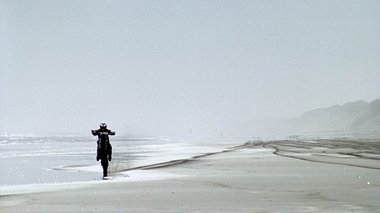
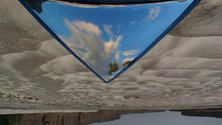
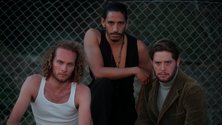
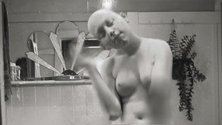
 Advertising in this column
Advertising in this column Two Rooms presents a program of residencies and projects
Two Rooms presents a program of residencies and projects


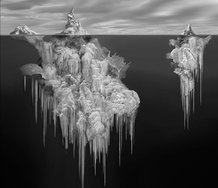
This Discussion has 0 comments.
Comment
Participate
Register to Participate.
Sign in
Sign in to an existing account.